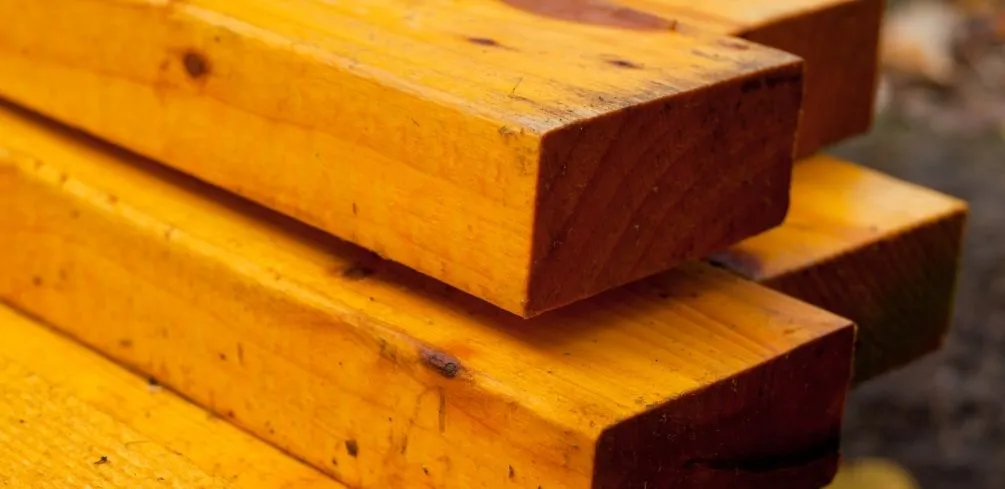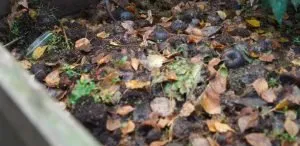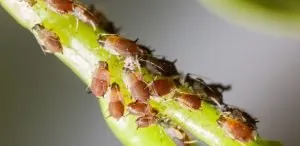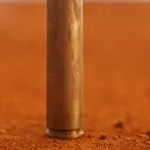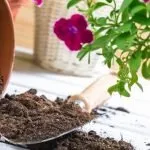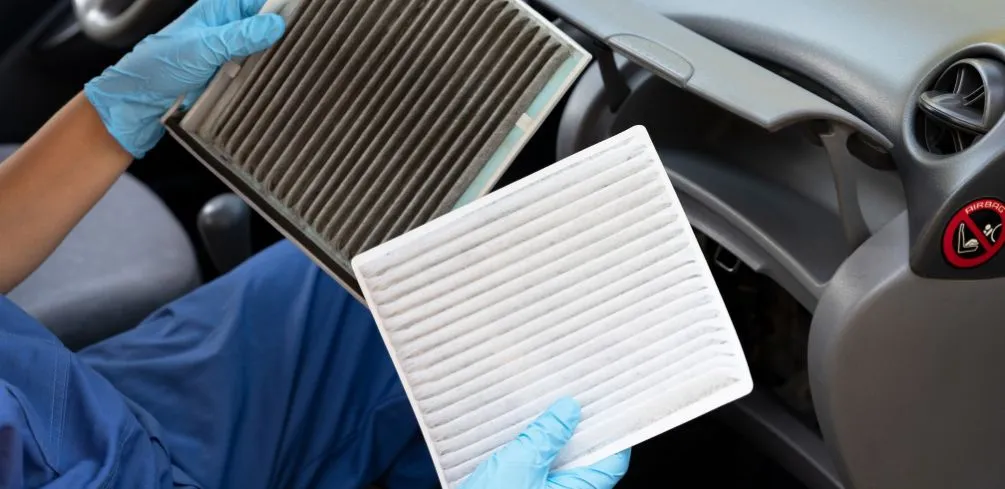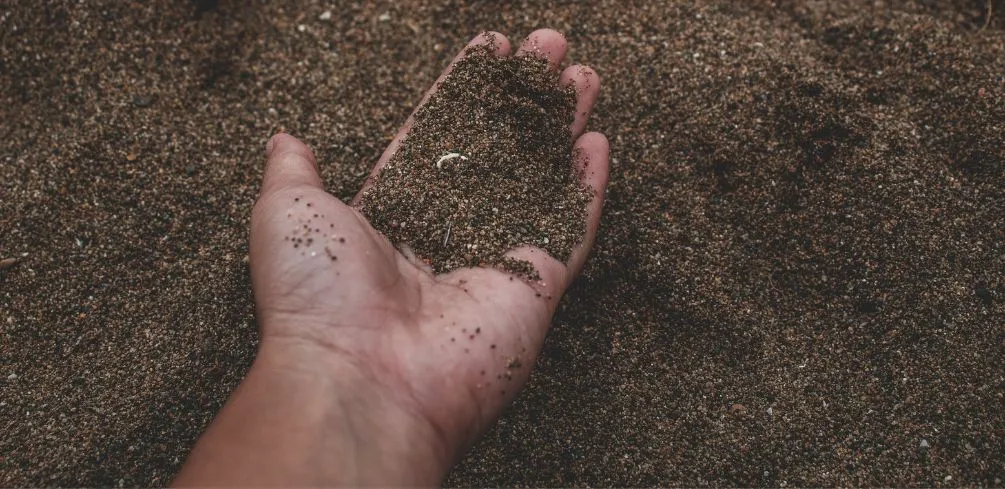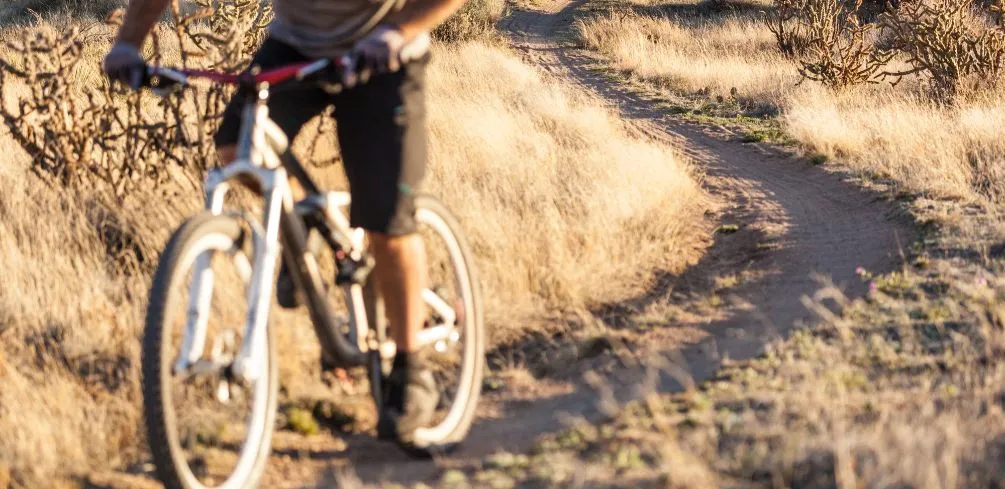Pressure-treated wood is a great material to use for decks, fences, and other projects that will be exposed to the weather. But what if you want to bury it in the dirt? Can pressure-treated wood be buried in the dirt?
Yes, this wood can be buried in the dirt. However, it is important to note that you should only bury pressure-treated wood in soil that is clean and free of debris. You should also avoid burying the wood near plants or trees, as the chemicals in the wood can be harmful to them.
What is Pressure Treated Wood, and What Does It Do?
This is a type of wood that has been treated with chemicals to help protect it from rot, insects, and weathering. The process of pressure treating wood involves putting the wood into a chamber where it is exposed to high pressure and then injecting it with chemicals.
The chemicals used in the pressure-treating wood are typically pesticides or insecticides, which help to kill any insects or larvae that may be present in the wood.
The wood is often used for outdoor applications such as decks, fences, and playground equipment. It can also be used for indoor flooring, trim, and shelving applications.
This wood typically has a greenish tint due to the chemicals used in the treatment process.
What Makes it Different From Regular Wood?
This wood is different from regular wood in that it is designed to withstand exposure to the elements. This wood is also more resistant to rot and insect damage.
The chemicals used in the pressure-treating process help make the wood more durable and long-lasting. Therefore, it is safe to bury pressure treated wood in the dirt.
Precautions When Burying Pressure Treated Wood in Dirt
When burying pressure treated wood in the dirt, it is important to take precautions. They include:
Only Bury The Wood a Few Inches Below the Soil Surface
Only bury the wood a few inches below the soil’s surface as a precaution when burying pressure treated wood in the dirt. Pressure treated wood is often used in gardens and landscaping because it resists rot and decay.
However, the chemicals used to treat the wood can be harmful to plants and animals if they contact the soil. For this reason, it is important to only bury pressure treated wood a few inches below the surface of the soil.
This will help prevent the chemicals from leaching into the ground and potentially causing harm.
Ensure the Soil is Clean and Free of Debris
When burying pressure treated wood in the dirt, it is important to ensure that the soil is clean and free of debris. Any foreign objects in the soil, such as rocks or roots, can damage the wood.
This can cause the wood to rot or decay prematurely. The dirt should also be loose and not too compacted.
This allows the wood to breathe and helps prevent moisture from building up and causing rot.
Avoid Bury Pressure Treated Wood Near Plants or Trees
It is also important to avoid burying pressure treated wood near plants or trees. The chemicals used in the pressure-treating process can be harmful to plants and trees if they come into contact with them.
This can cause the plant’s leaves to turn yellow or brown and the tree’s bark to peel. If you must bury pressure treated wood near plants or trees, it is important to use a barrier between the two.
This can be something as simple as a piece of cardboard or a tarp.
Ensure There is No Exposure to Water Sources
Finally, make sure that the pressure treated wood is not exposed to any sources of water or moisture. This includes rain, snow, and irrigation systems.
Water can cause the wood to rot or decay, and it can also leach the chemicals out of the wood. This can be harmful to plants, animals, and humans if they come into contact with the water.
How to Dispose of Pressure Treated Wood
Pressure treated wood can be disposed of in several ways, including:
Recycling: The most common method is to recycle it. Recycling pressure treated wood helps reduce the amount of waste that goes into landfills. It also helps preserve the environment by using less energy and resources to create new pressure treated wood.
Incinerating: Another way to dispose of pressure treated wood is to incinerate it. This is not recommended, as it can release the chemicals used in the pressure-treating process into the air. These chemicals can be harmful to humans and the environment.
Reusing: The best way to dispose of pressure treated wood is to reuse it. There are several ways to reuse pressure treated wood. One way is to use it in garden beds or as mulch. This helps prevent the chemicals from leaching into the ground and potentially causing harm.
How to Safely Handle Pressure Treated Wood
Avoid skin contact
It is best to avoid skin contact with pressure treated wood. If you must come into contact with the wood, it is important to wash the area thoroughly with soap and water as soon as possible.
Therefore, when handling pressure treated wood, you should wear gloves and a dust mask. This helps prevent the chemicals from coming into contact with your skin or lungs.
Wash your hands
It is also important to wash your hands after handling pressure treated wood. This helps to remove any residual chemicals that may be on your skin.
Do not burn pressure treated wood
Burning pressure treated wood is not recommended. This can release the chemicals used in the pressure-treating process into the air.
These chemicals can be harmful to humans and the environment. If you must burn pressure treated wood, it is important to do so in a well-ventilated area.
Take Away
If you have wondered, “Can pressure treated wood to be buried in dirt?” the answer is yes, but only while observing some important safety guidelines. The soil should be clean and free of debris, loose, and not too compacted. It is also important to avoid burying pressure treated wood near plants or trees.
If you must bury pressure treated wood near plants or trees, it is important to use a barrier between the two.
Finally, make sure that the pressure treated wood is not exposed to any sources of water or moisture. If you have some pressure treated wood that you need to dispose of, the best way is to recycle it.
